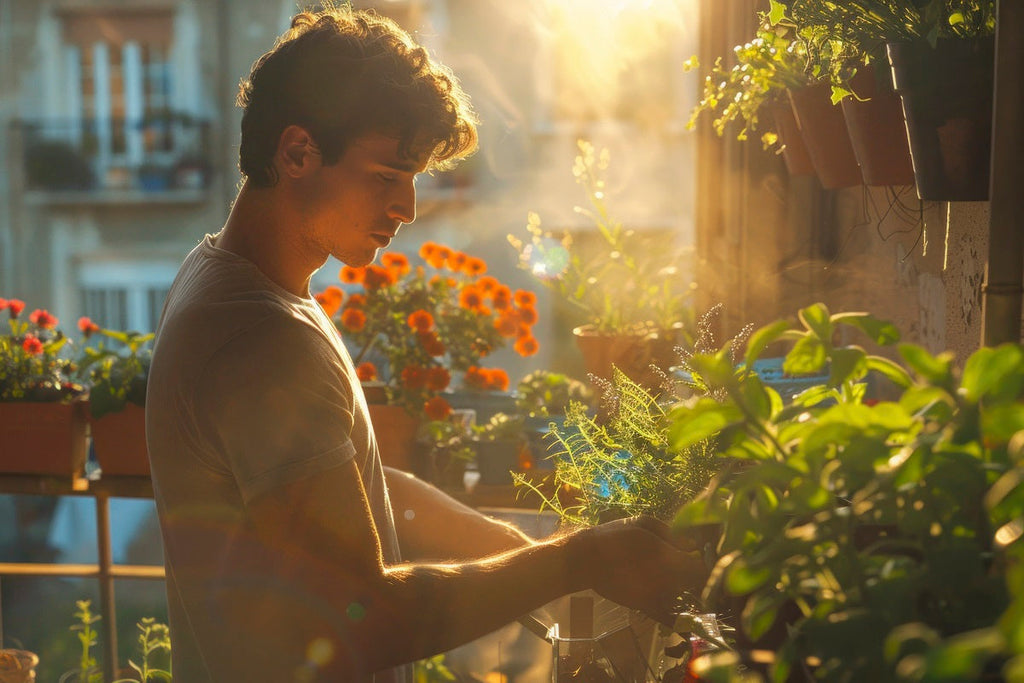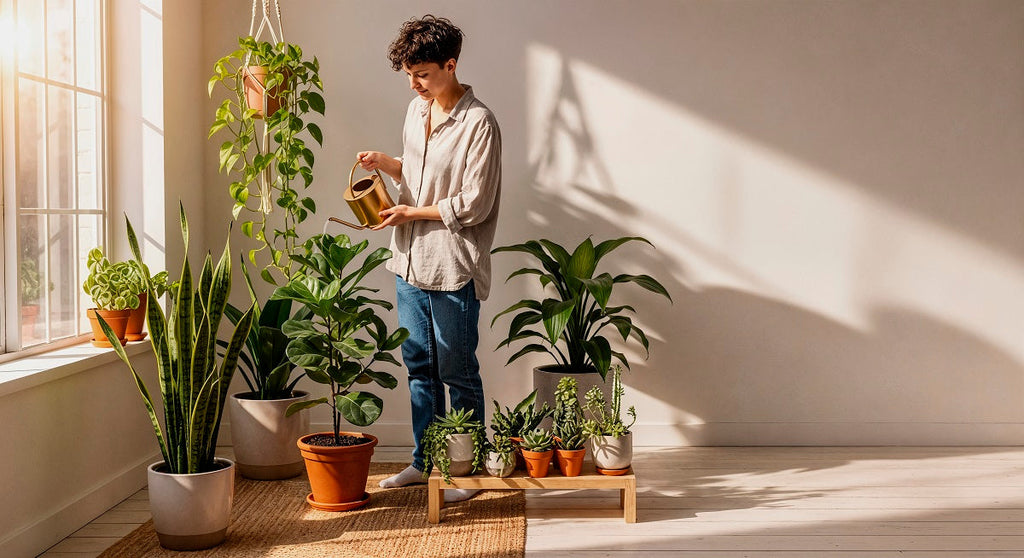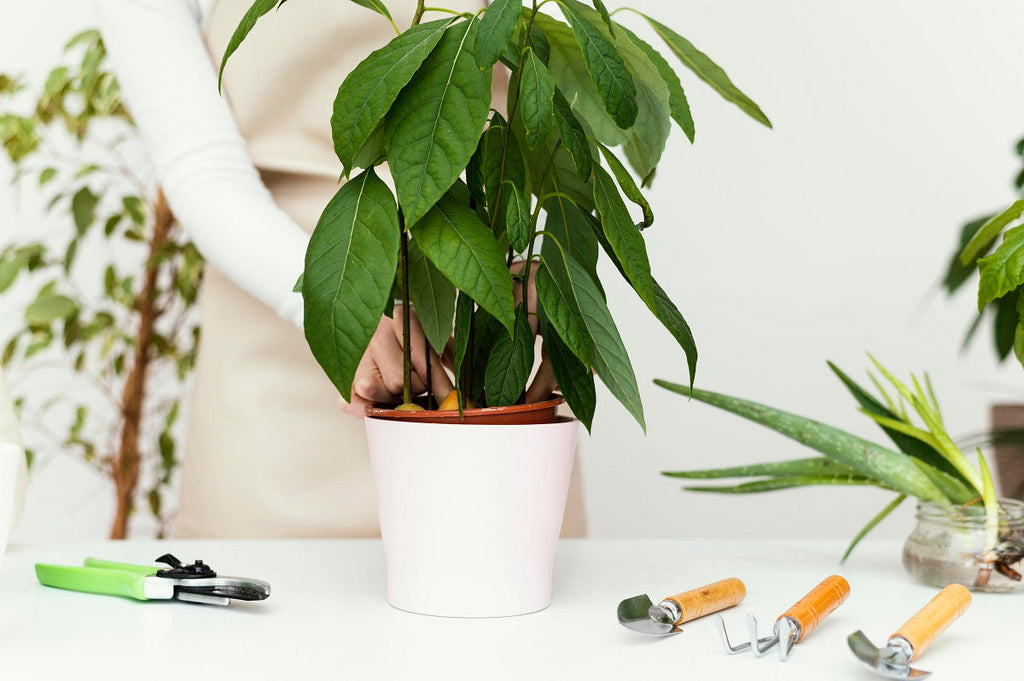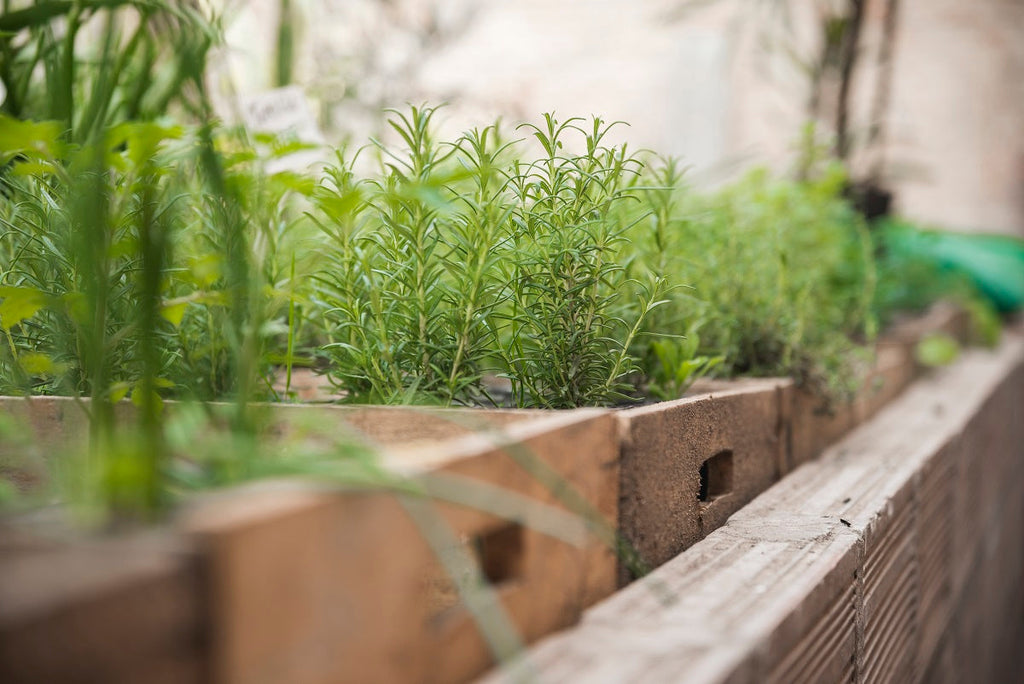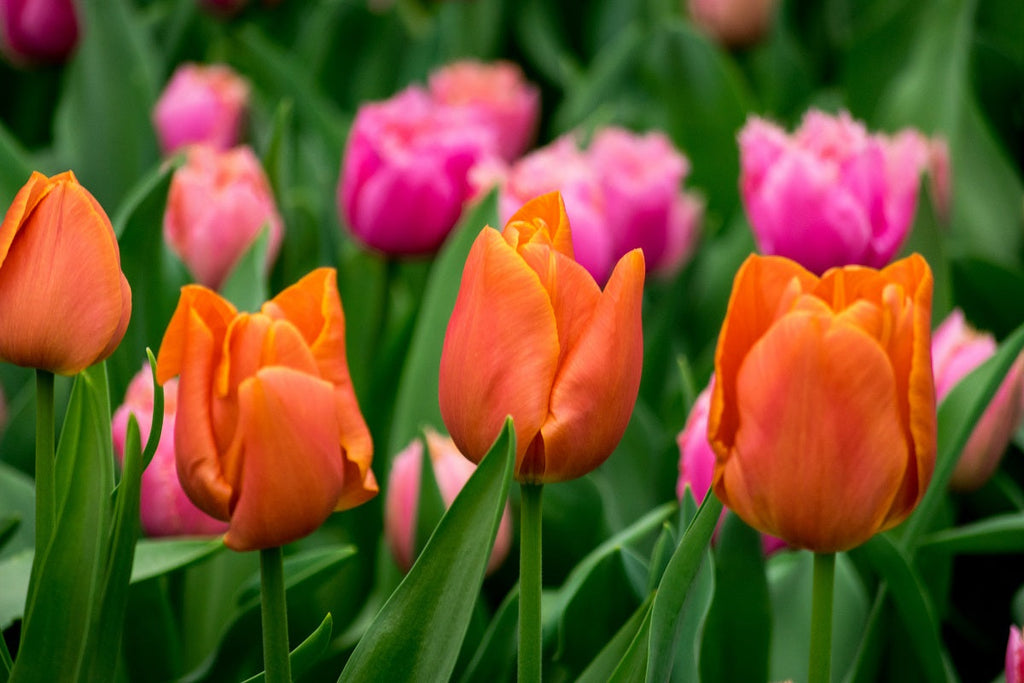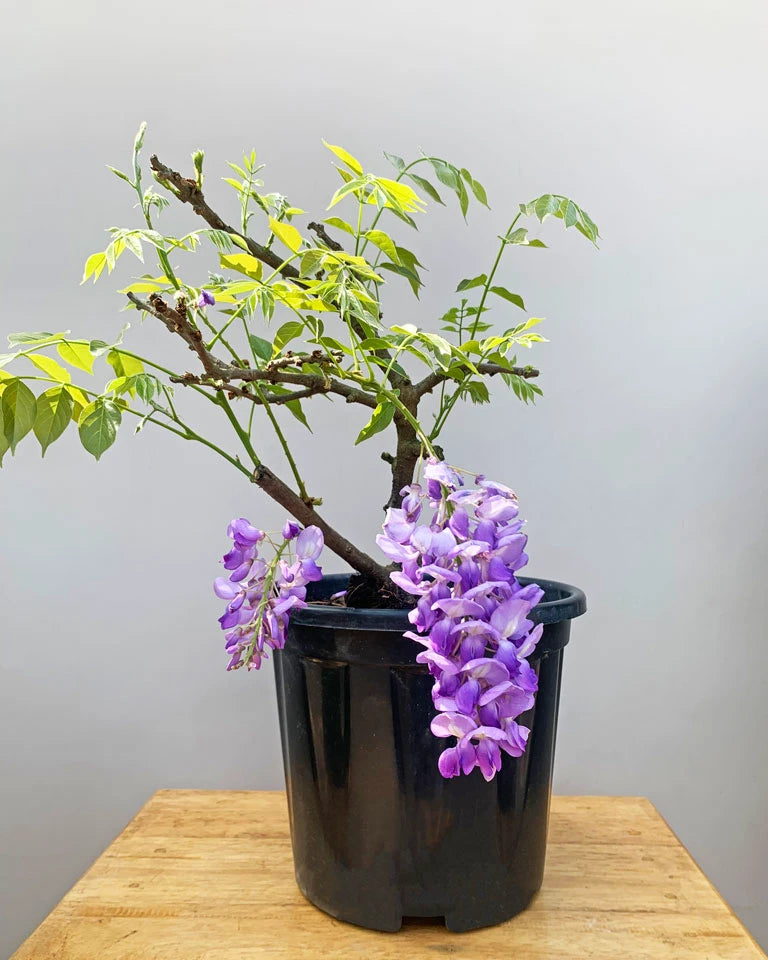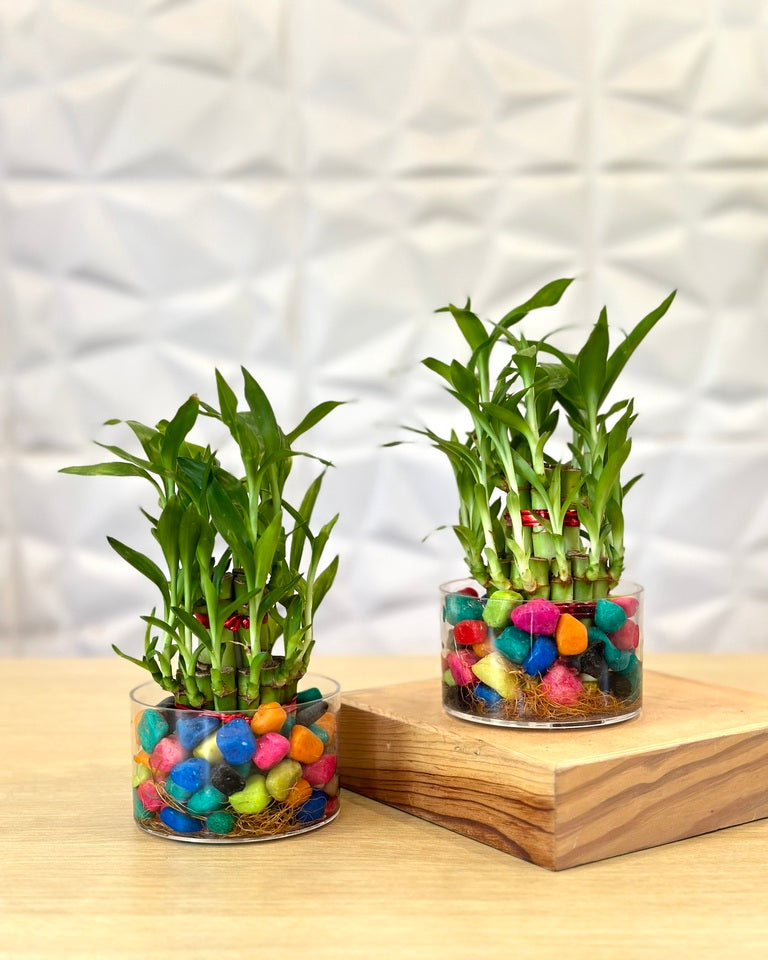
How To Care For Varieties of Calathea

Pretty pots displayed with beautiful Calathea plants in them may look fascinating enough to buy them instantly and decorate your rooms. However, without any prior experience, it may appear that just watering all of them from time to time and letting them soak into some sunshine would do the job right. But there are various simple yet fundamental factors that people often tend to overlook. Sadly, this leads to the lack of proper care and ultimately the death of your dear little green buddies. To help you avoid such mistakes, here’s a little heads up covering the basics about Calathea plants that a proud plant parent should know.
Calatheas are popular for their beautiful movements of unique and intricately patterned foliage. These plants come in various types with distinct features on their leaves. The Medallion calathea, Rattlesnake calathea, Pinstripe calathea, and Calathea roseopicta known as ‘Dottie’ are a few of the most popular species. Apart from being highly preferred indoor houseplants, their leaves are used for several purposes in many parts of the world. For instance, in tropical regions like that of Brazil, bright and colorful handicrafts, baskets, and food wrapping are made of Calathea leaves.
Here’s a list comprising of the basic factors that you must keep in check while caring for Varieties of Calathea:
Just the right amount of sunlight
There are about five types of sunlight that plants may need- full sun, partial sun, partial shade, dappled sun, and full shade. While they can tolerate low indirect light, medium to bright indirect light can be great for your Calatheas to grow spontaneously. However, direct and extreme sunlight might not be the best case for their leaves.
Measure every ounce of water
While some plants need frequent and ample amounts of water to grow (mostly outdoor plants), just a little amount of water is more than enough for most indoor plants. For Calatheas also, watering once every 1-2 weeks is enough to let the soil dry out and allow the plant to absorb sufficient nutrients for its survival. Increase the amount of water when placed under brighter light and less when exposed to lower light.
Remember, watering these plants more than they need can rot their roots and make them die sooner than you imagine.
Calatheas love it humid!
Like many other indoor plants, Calatheas also love when it’s highly humid. So, if you have or are planning to buy them anytime soon, consider including a fine-mist or humidifier to enhance the humidity levels of your indoors.
Try to keep the temperature in check
Most indoor plants favor temperature levels of about 65°F-85°F range (18°C-30°C). Try not to let the temperature get lower than a fine 60°F, that is, 15°C.
Soil and fertilizer
Like any other plant, Calatheas bloom graciously when planted into high-quality soil. Several ingredients are combined in specific ratios to make ideal fertilizers for the plants to have an ideal growth. Different types of Calathea need different amounts and types of soil and fertilizers. Generally, a potting mix that drains well is the best that suits these plants.
However, keep in mind that overuse or the wrong selection of the potting mixtures can cause Fertilizer Burn in your plants. The term refers to over fertilizing your plants, which can damage their roots and results in the ceasing of the plants. There are various symptoms that plants show when over-fertilized. Such symptoms may include terminated growth, browning, and falling of leaves. Therefore, ensuring that you are choosing the right quality pot mixtures for your plant is a must.
Common Problems that you may come across while owning a few pots of Calatheas
Calathea is an easy-to-maintain plant and is usually pest-free. Nevertheless, a regular wipe-down with a natural pesticide like neem oil for the leaves can be of great help in keeping any potential pests away.
List of symptoms that you should observe and reasons behind them:
Symptom: Wilting, curling leaves, dry potting mix
Problem: Underwatered
Symptom: Yellowing leaves, black base
Problem: Overwatered
Symptom: Spots on leaves
Problem: Fungal infection or mineral build-up from tap water. Use purified water and water directly into surrounding potting soil.
Other Precautions:
Calatheas are recognized to be absolutely pet-friendly. But even so, a few extra steps of precaution to keep them away from small children and curious little four-legged munchkins never hurt.





